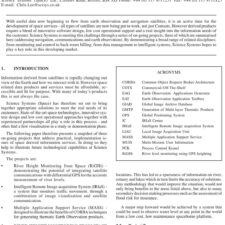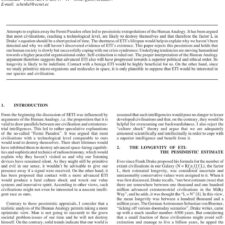Flying SMART-1 to the Moon with Electric Propulsion
£5.00
D. Milligan; D. Gestal; O. Camino (2008), JBIS, 61, 466-477
Refcode: 2008.61.466
Keywords: Spacecraft operations, electric propulsion, orbit raising, lunar missions
Abstract:
The SMART-1 Lunar Mission was launched in September 2003, and operated from the European Space Operations Centre, in Darmstadt Germany. SMART-1’s primary mission goal was to demonstrate Solar Electric Primary Propulsion by orbit raising from Geostationary Transfer Orbit to the Moon. Due to favourable thruster and power subsystem performance, and an efficient orbital transfer strategy, the SMART-1 mission trajectory was fine tuned in flight to produce a shorter transfer time, an improved lunar science orbit and a one year mission extension (via an additional re-boost phase), thus achieving and surpassing the original mission goal. SMART-1 has made history with several notable firsts, including being the first Electric Propulsion (EP) mission to escape Earth orbit, the first to use Electric Propulsion to enter into orbit around another celestial body, and Europe’s first Lunar mission. This paper presents experiences gained in operating the highly successful SMART-1 EP subsystem and spacecraft from launch to Lunar impact, and places SMART-1 in its historical context in the emerging field of EP missions. The specifics involved, and lessons learned in flying such a spacecraft are presented from an operational perspective.





